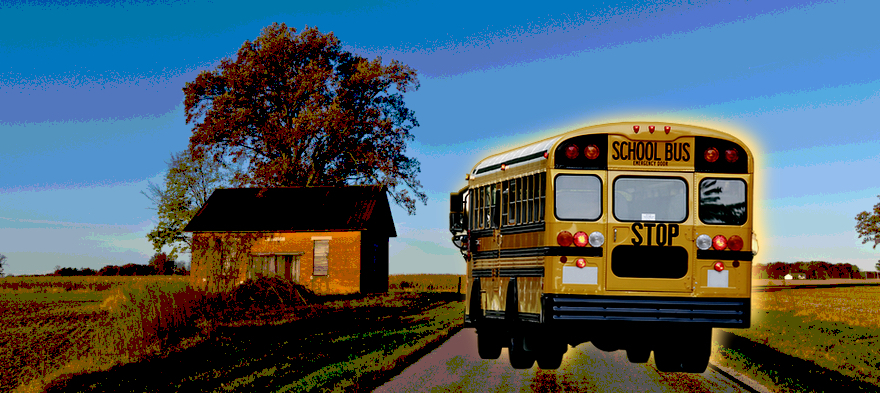
It’s no secret that education reform initiatives tend to target urban schools. Achievement gaps in America’s largest cities are significant, and as families flock to cities for job opportunities, the pressure keeps mounting to tackle those disparities head-on. Undoubtedly, that work is important.
However, despite America’s major cities grabbing the education headlines, there’s no reason to sideline conversations on rural education. Rural communities and school districts face unique challenges, and this new year presents us with a golden opportunity to finally make rural education a part of the conversation. Here’s why there’s never been a better time to embrace it.
While major districts like the NYCDOE, LAUSD, and CPS attract all the media attention, nearly one in five students are actually enrolled in a rural school district. That’s more than the nation’s 85 largest districts combined.
These schools serve students that are more diverse than you would expect, too. Rural schools are responsible for educating a majority of our nation’s Indigenous children. Furthermore, a significant number are also serving the growing number of English language learners, or ELLs. When folks in the education game talk about diversity, equity, and inclusion this new year, let’s be sure they’re keeping rural schools in mind, too.
Brightbeam activists have been rallying around closing the digital divide for the last nine months, and we’ve had our share of wins. But the truth is that in rural communities, that divide has been even harder to close, and it’s taking a major toll on student learning.
It’s not just poverty that’s keeping kids logged out, though that is a major issue. There’s also the issue of geography in rural states like Kentucky, for example, where [pullquote position="right"]families sometimes live so far off the grid that providers literally won’t connect them.[/pullquote]
It matters because even with the good news of COVID-19 vaccines and treatments on the way, virtual learning won’t be going away anytime soon. With rural families already facing an uphill climb just to get connected, we have an obligation to make sure this year doesn’t see more of the same inequities as last. Internet For All must be a policy priority to make sure rural students can keep learning.
School funding can either be progressive, where more money is targeting low-income students than those above the poverty line, or regressive, which favors schools and districts with wealthier students. In states with regressive school funding formulas, rural schools are often left starved for the leftover funds that first go to wealthier, suburban districts.
With state budgets strained by the economic toll of the pandemic, rural schools may be forced to put crucial student support services on the chopping block. While the new stimulus deal will help by allocating $54.3 billion to K-12 schools, rural districts will likely need more than a single shot in the arm to solve their financial woes. In fact, it has a lot of people wondering how we challenge funding formulas that pit schools against one another and think critically about what equitable school funding should look like.
These are just a handful of unique challenges that rural districts face. Among the many conversations about how to best improve educational outcomes for all students, we must not allow the urgency of these issues to get lost in the fray. 2021 offers us a new year of opportunities to challenge inequities, make big asks of our leaders and have bold conversations about improving student outcomes in rural communities. Let’s get to work.
Garris Stroud is an award-winning educator and writer from Greenville, Kentucky whose advocacy and scholarship have been recognized by USA Today, U.S. News and World Report, Education Post, The Louisville Courier-Journal, and The Lexington Herald-Leader. He served as a Hope Street Group Kentucky State Teacher Fellow from 2017-2019 and became chair of the organization's editorial board in 2018. Stroud received bachelor's and master's degrees in education from Murray State University and is currently a doctoral student in educational leadership at the University of the Cumberlands, located in the heart of Kentucky's Appalachian region. Read more about his work on the Kentucky School Talk and Rural Ed Voices blogs.
The fight for educational equity has never been just about schools. The real North Star for this work is providing opportunities for each child to thrive into adulthood. This means that our advocacy...
Your donation will support the work we do at brightbeam to shine a light on the voices who challenge decision makers to provide the learning opportunities all children need to thrive.
Ed Post is the flagship website platform of brightbeam, a 501(c3) network of education activists and influencers demanding a better education and a brighter future for every child.
© 2020–2024 brightbeam. All rights reserved.